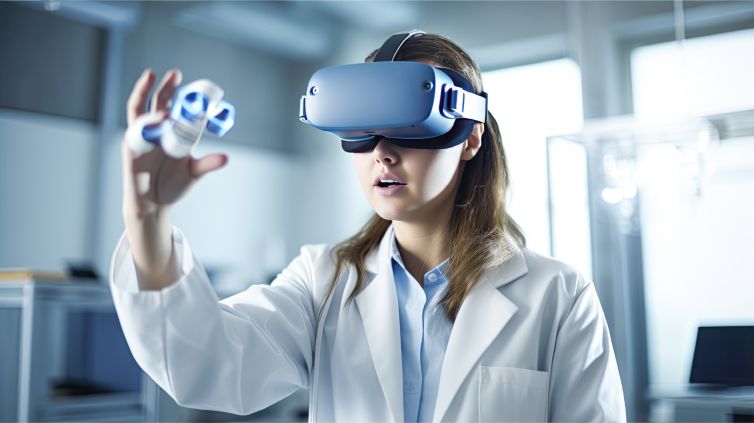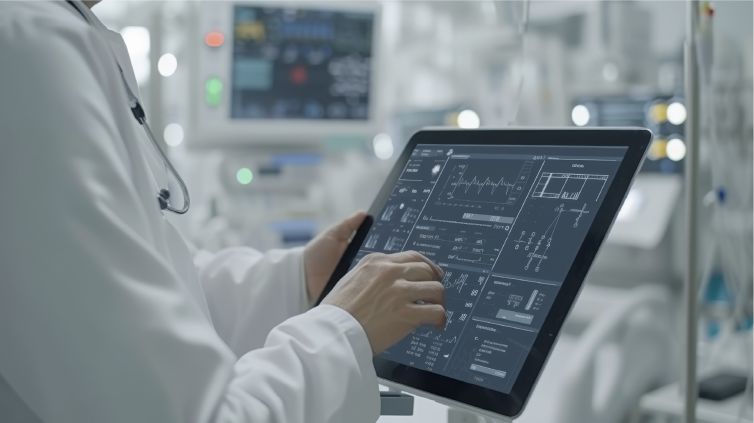Scientific, Risk-Based Methodologies Identify and Prioritize HFE Directives for Design Teams
BH’s comprehensive HFE toolbox enables project teams to apply appropriate levels of usability oversight throughout the design and development process to ensure user needs and use-safety measures are integrated into end-product design. By integrating an iterative, cost-effective strategy from the earliest phases of design, culminating with a rigorous summative validation, we provide a quality-compliant process that demonstrates use-related safety and yields a superior commercial design.



